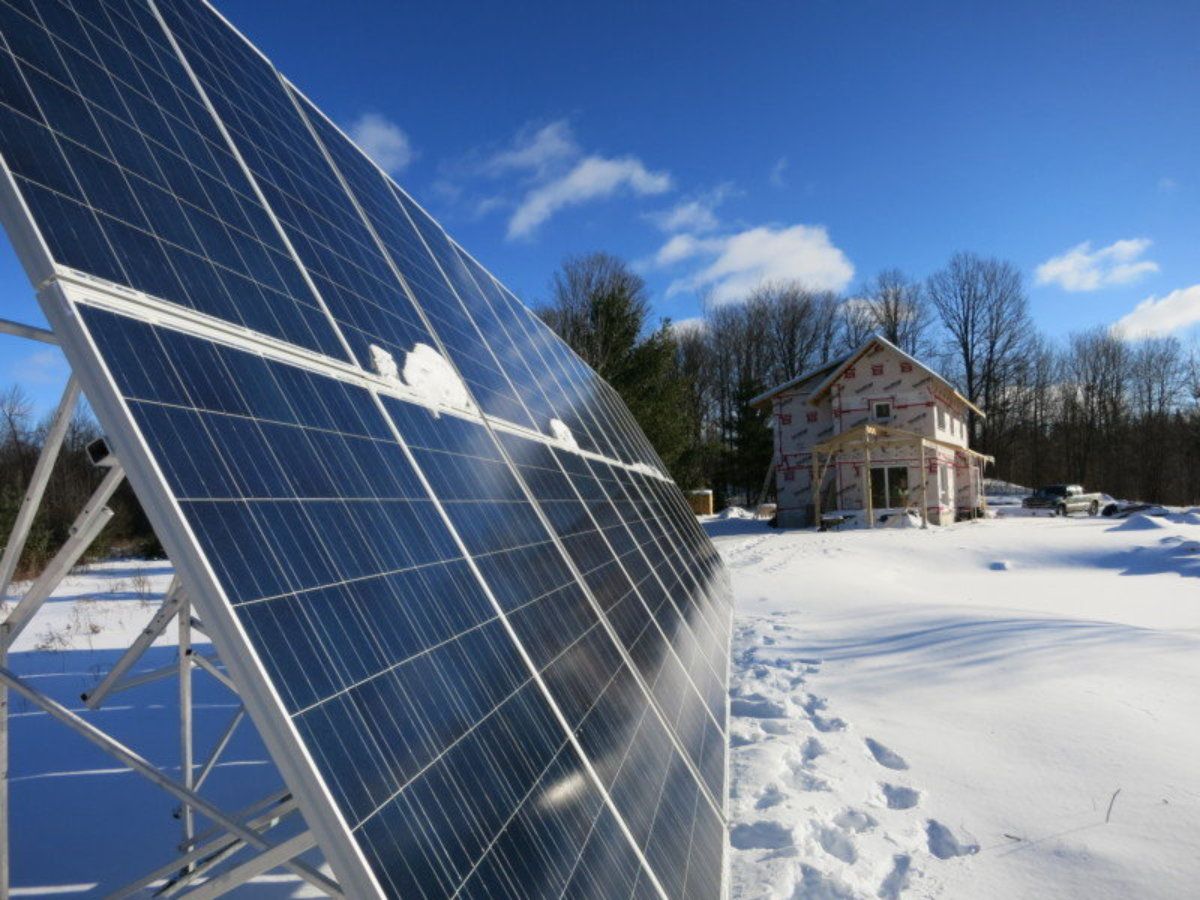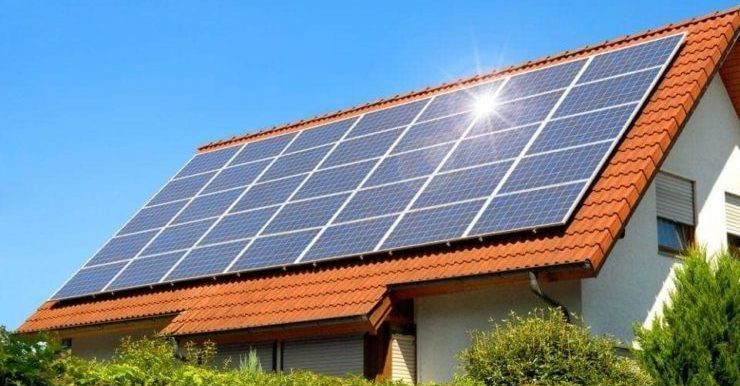For the sake of example if you are getting 5 hours of direct sunlight per day in a sunny state like california you can calculate your solar panel output this way.
Average daily kwh generated by solar panels.
On average a normal household will use around 37 kwh per day.
5 hours x 290 watts an example wattage of a premium solar panel 1 450 watts hours or roughly 1 5 kilowatt hours kwh.
20 panel solar system.
No shading from trees or other buildings.
The output of a solar pv system depends on its size.
The most common household systems are 5kw or less although some property owners have installed much larger systems.
So if you have solar panels that each produce 1 kwh of power per day you would need a full 37 solar panels to fully power your home.
The table below shows the average daily production of some common grid connected systems throughout australia.
A typical australian house consumes around 18 kilowatt hours kwh per day so a 1 2kw system displaces an average of 25 40 of your average electricity bill.
This type of solar system would be able to produce 1 kwh per hour of sunlight or 5 kwh per day.
5 hours of average sunlight per day all year long.
If we take california as an example the map shows that on average 1 kw of dc peak capacity of solar panels produces 4 5 kwh per day or 1642 kwh per year.
After the energy loss is factored into the equation the total energy production in kwh would be about.
Here is a map showing the average daily electricity production from 1kw of peak dc solar panels installed in each state of the united states.
The us ranges from about 4 hours 6 hours of sunlight per day on average see the below map.
If you re going by the national average then you should be using about 30 kwh per day.
Let s estimate you get about five hours per day to generate that 30 kwh you use.
However keep in mind that there are many factors at play here so this is really only a rough estimate.





























